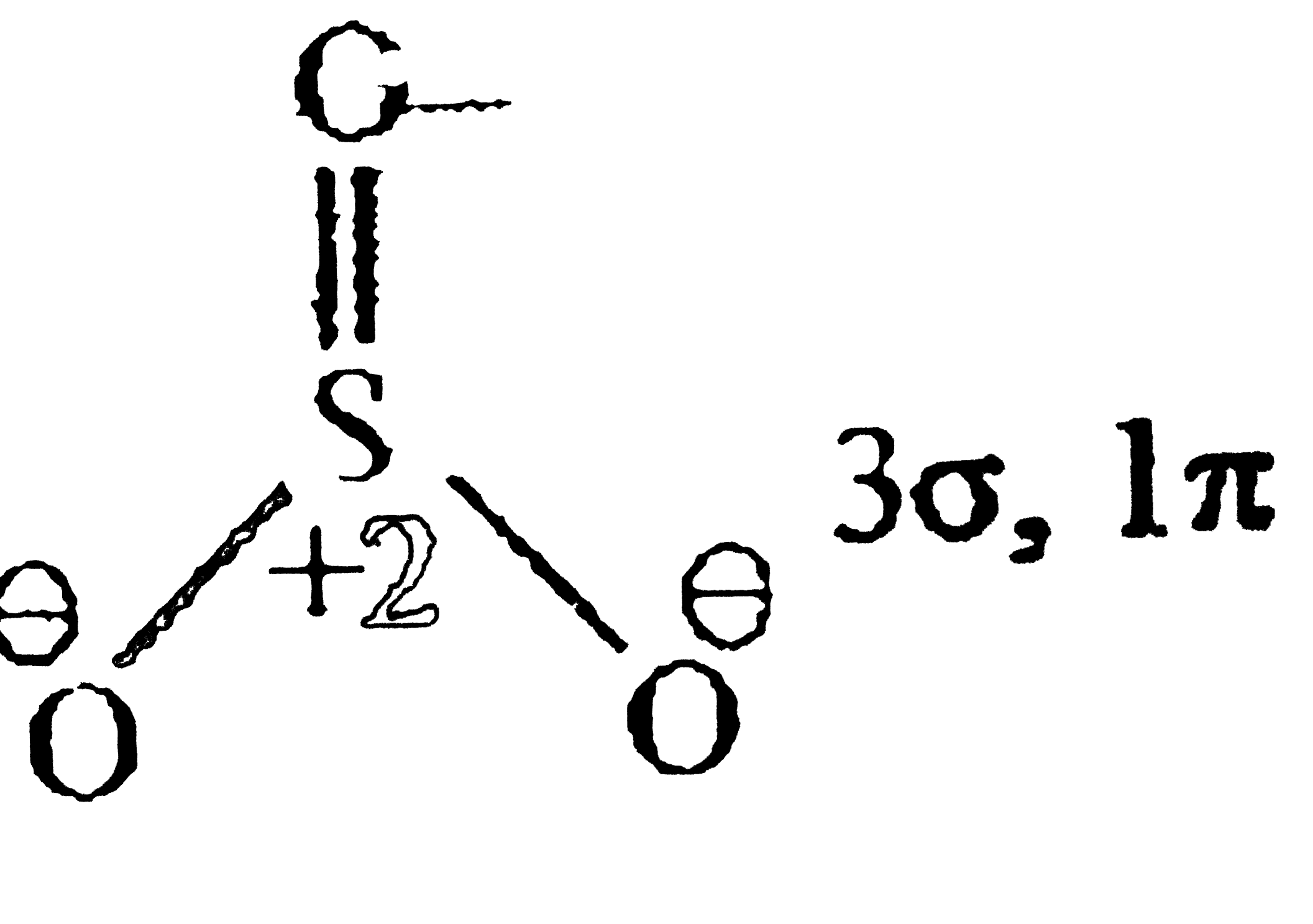Which of the following statements best explains why a closed balloon filled with He gas rises in air?
He is monoatomic gas, where as nearly all molecules that make up air are diatomic eg:
N2,O2 etc.
Uavg of He is higher than Uavg of air molecules and higher speeds of collisions with the balloon walls proped the balloon upward
Because the He atoms are lighter than average air molecules, as a result He (g) is less dense than air. The mass of balloon is thus less than the mass of air displaced by its volume.
Because he has lower molar mass that the average air molecules, the He atoms are in faster motion. This means temperature of He is higher than the air temperature, hot gases tend to rise.
Topper's Solved these Questions
- TEST PAPERSBOOK - BANSALCHAPTER - TEST PAPERSEXERCISE - CHEMISTRY PART (A)
14 Videos
- TEST PAPERSBOOK - BANSALCHAPTER - TEST PAPERSEXERCISE - CHEMISTRY PART (B)
1 Videos
- TEST PAPERSBOOK - BANSALCHAPTER - TEST PAPERSEXERCISE - Chemistry PART D
4 Videos
- SOLUTIONSBOOK - BANSALCHAPTER - SOLUTIONSEXERCISE - Exercise4
32 Videos
- THERMOCHEMISTRYBOOK - BANSALCHAPTER - THERMOCHEMISTRYEXERCISE - Exercise 4
15 Videos
Similar Questions
Knowledge Check
Which of the following statements best explains pastoralist nomads?
AThe villagers who move from one place to anotherBThe people who do not have a permanent place to live in.CThe herdsmen who move from one place to another looking for pasture for their herdDThe people who visit many places for enjoyment.Which of the following best explains, why a hot air balloon rises?
AThe heating of the air causes the pressure inside the balloon to increaseBThe cool outside air pushes the balloon higherCThe temperature difference between the inside and outside air causes convection currentsDHot air has a lower density than cold airWhich one of the following statements best explains why convection does not occur in solids?
AMolecules in a solid are more closely spaced than in a gas.BThe molecules in a solid are not free to move throughout the volume of the solid.CMolecules in a solid vibrate at a lower frequency than those in a liquid.DSolids are more compressible than liquids.
(a) When does a body sink in a fluid?
(b) Why does a balloon filled with hydrogen gas rise up against gravity?
View SolutionExplain why:
Helium is used for filling weather balloons.
View SolutionExplain the following:
A toy balloon filled with hydrogen rises to the ceilling, but if filled with carbon dioxide sinks to the floor.
View SolutionWhich one of the following statements best explains why it is possible to define an electrostatic potential in a region of space that contains an electrostatic field?
View SolutionWhich of the following gases is filled in balloon?
View Solution

